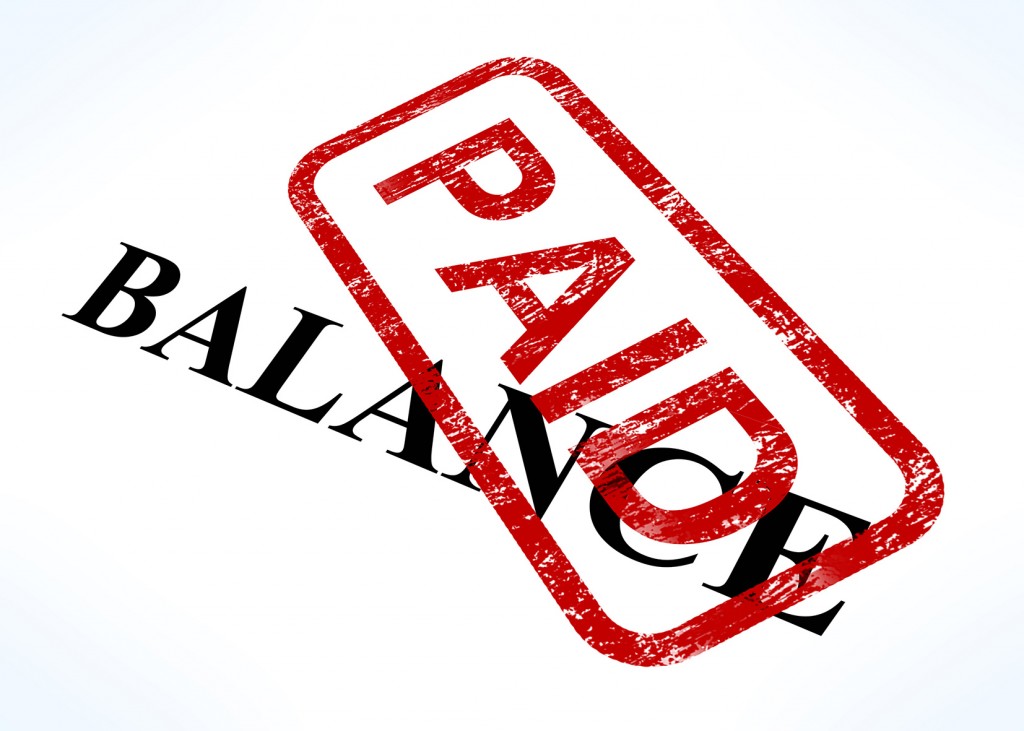
They have to close the monthly financial statement. If the company does not receive the bill at the month-end, they have to estimate the telephone expense and make recordings. Account Debit Credit Accounts Payable $$$ Cash $$$ Accrued Phone Expense

The journal entry is debiting accounts payable and credit cash. When the company makes payment to the phone service provider, they simply reverse the account payable and decrease cash. Account Debit Credit Telephone Expense $$$ Accounts Payable $$$ The journal entry is debiting telephone expense and credit accounts payable. The other side may impact the cash outflow or accounts payable. If the company receives the invoice during the month, they have to include the expense in the current month. They have to comply with accrue accounting rule which requires the revenue and expense to be recorded base on usage, not the cash paid. However, if the company is not able to receive the statement on time, they have to make accrue expenses for the usage month. The expense will be recorded directly into the month in which the service is used. If the company is able to receive the statement at the month-end, the accountant simply records telephone expenses and cash paid or accounts payable. The phone service charge will be recorded as the expense in the customer income statement. It is opposite from the prepaid phone that customers top up the phone and use later. It means that the customer will use the service and pay in the following month. While some services are able to send the statement at the month-end. The phone service provider usually sends the telephone bill to the company at the beginning of the month to charge for the previous month’s usage. Online payment is typically the most convenient method. The bill can be paid online, by mail, or in person. It is important to review the bill carefully to ensure that it is accurate. The bill will list the services used, the date of use, the duration of use, and the cost per unit for each service. Telephone bill is a statement sent by a service provider to a customer that lists the charges for the services used. Please check with your health insurance plan if you have questions.Telephone expense is the cost that company spends on the landline, phone service, or other phone usages during the accounting period. In some instances, you may be responsible for a co‐payment, deductible, and co‐insurance amount during the same visit.
/bills-57d1a3d83df78c71b633a31d.png)
After you meet your out‐of‐pocket maximum for that period of time, then most plans will pay 100% of the allowed amount. Co‐insurance rates vary, but the most common is 20%. urgent care, emergency department, outpatient hospital clinic, and/or facility).Ĭo‐insurance is the percentage of the total cost of the health service that you must pay until you have reached your out‐of‐pocket maximum for a certain period of time. Co‐pays may vary depending on the location of the visit (i.e. If you have a $50 hospital co‐payment, you must pay $50 for each visit and your insurance company will pay for the remaining balance on all covered services. Typically, a deductible is a flat dollar amount.Ī co‐payment is a flat amount paid for each visit to a provider. A deductible is the initial amount that you must pay before your insurance plan begins to pay for your bills.


 0 kommentar(er)
0 kommentar(er)
